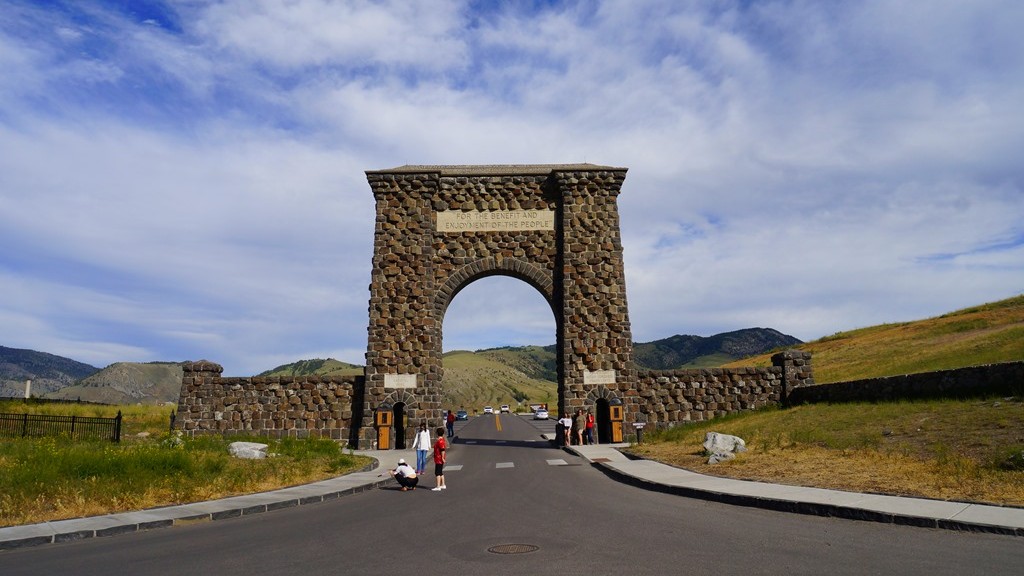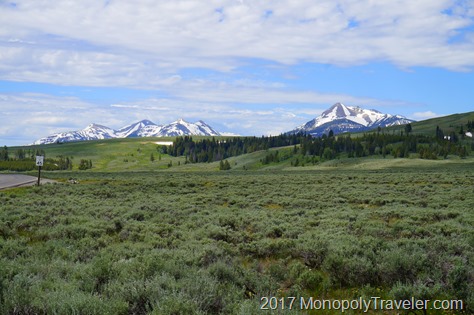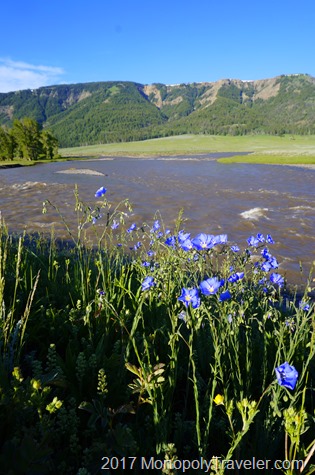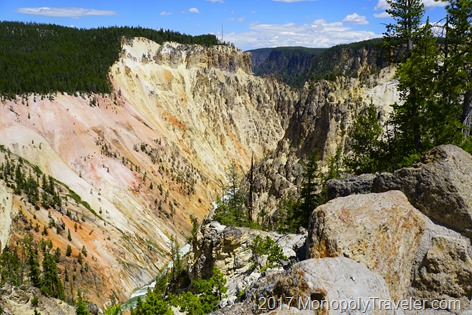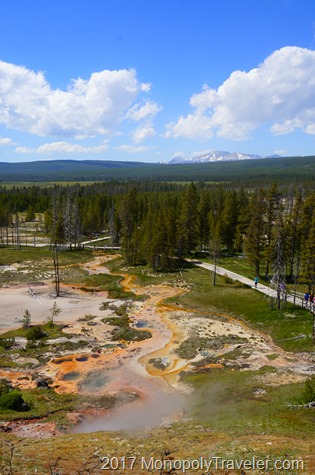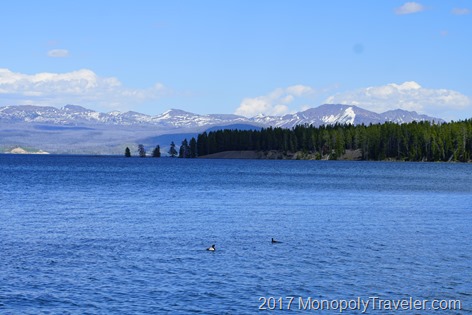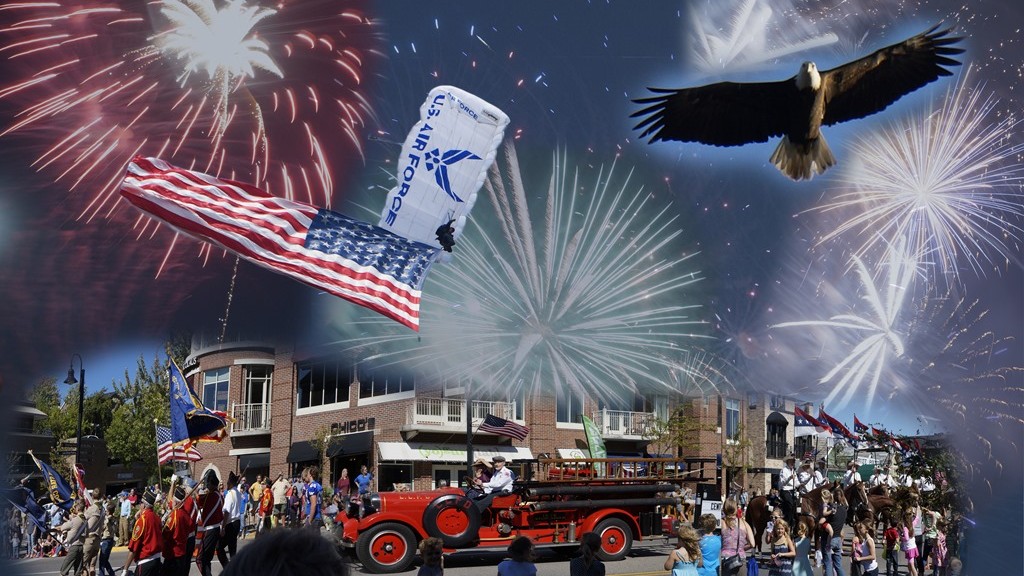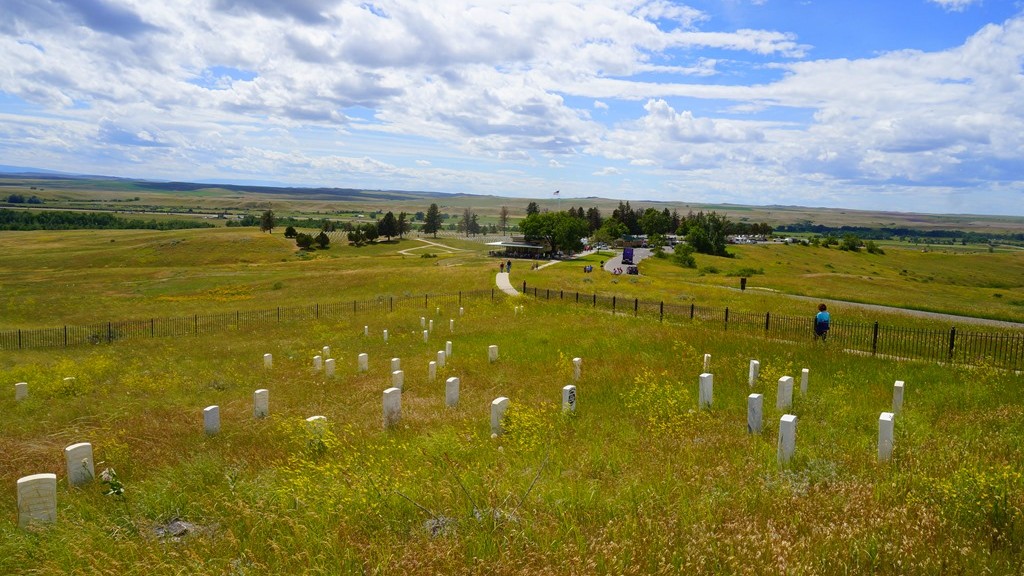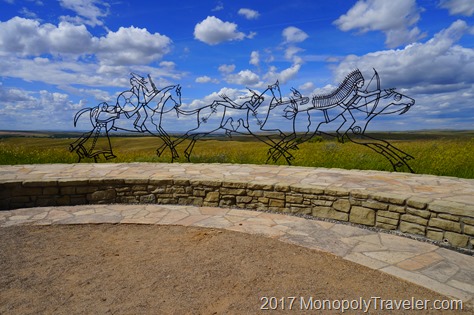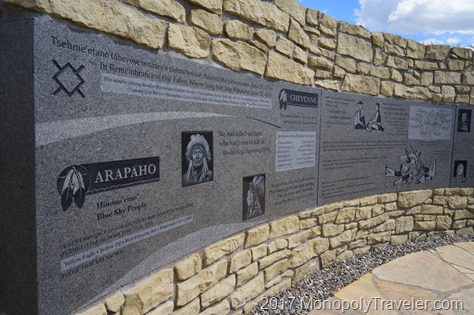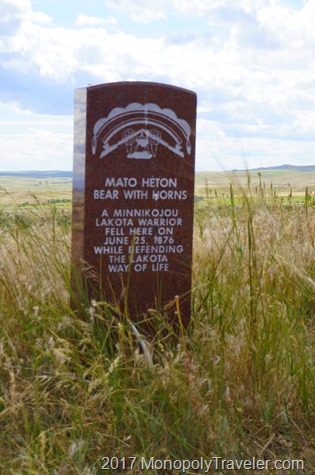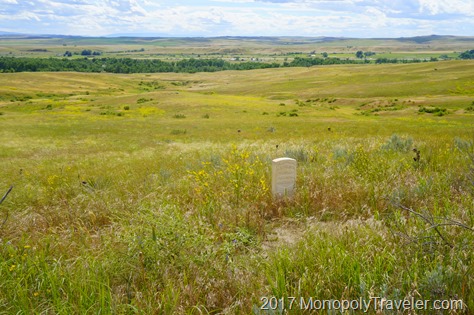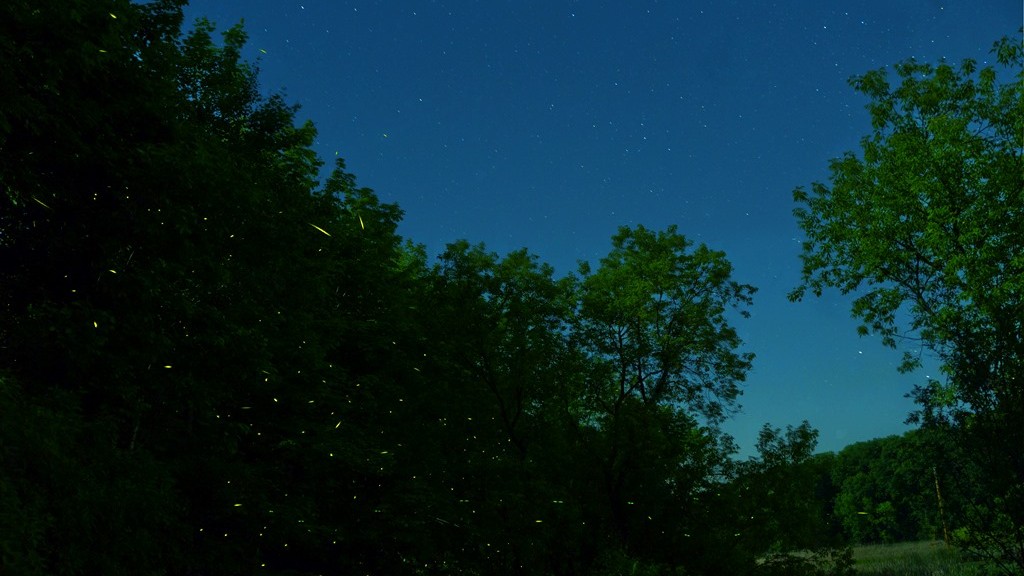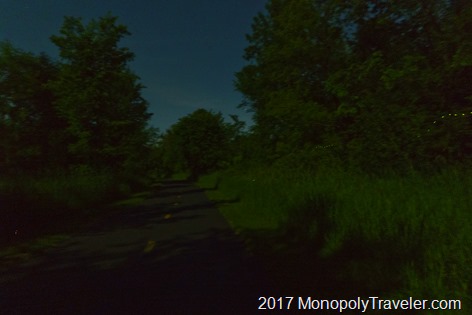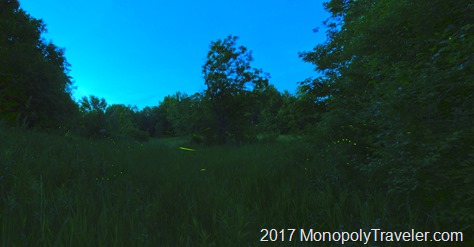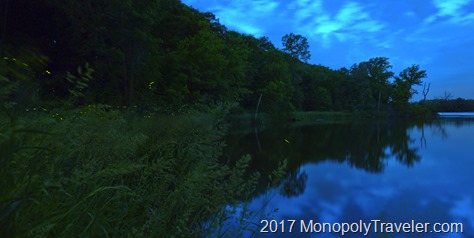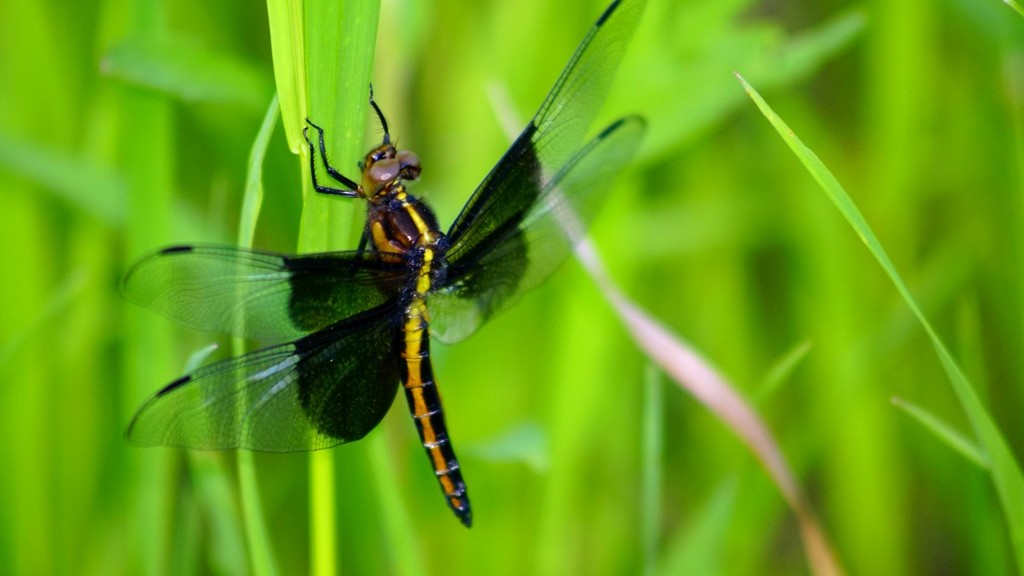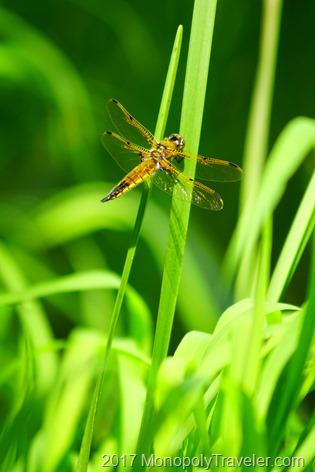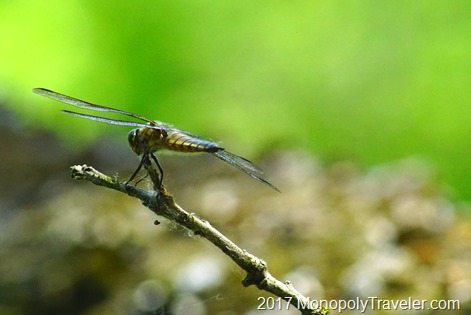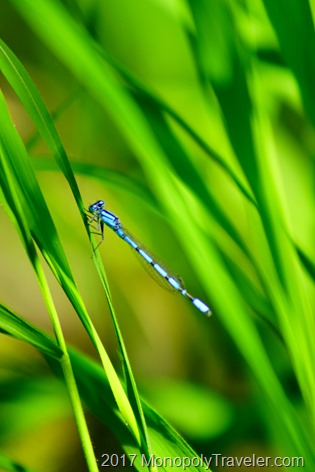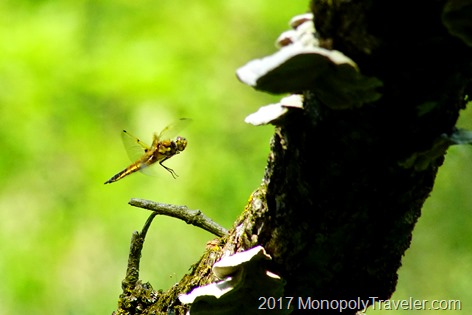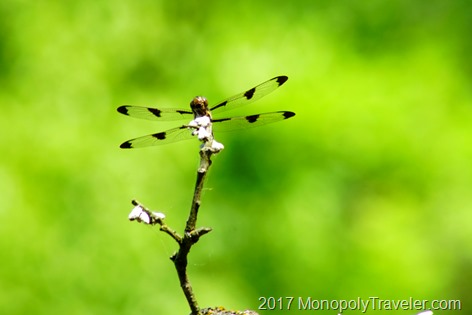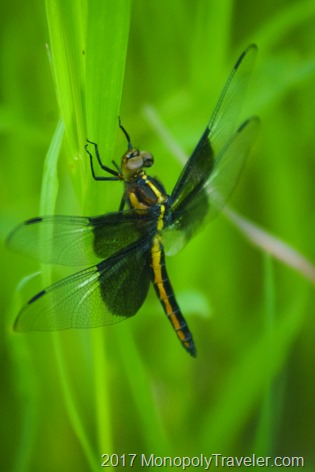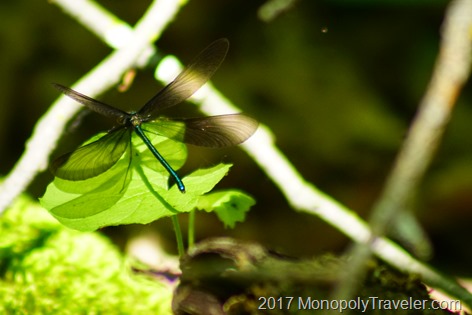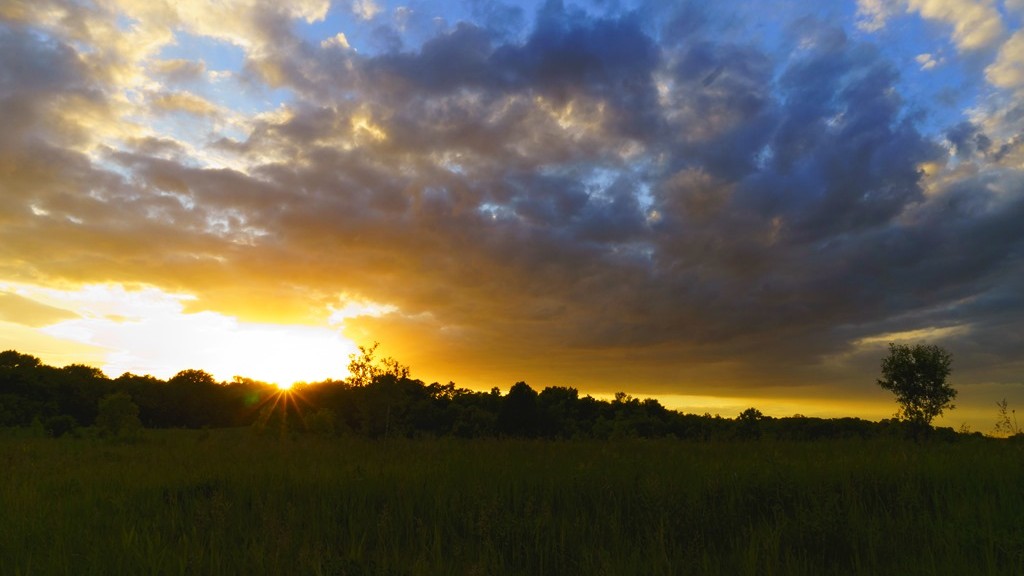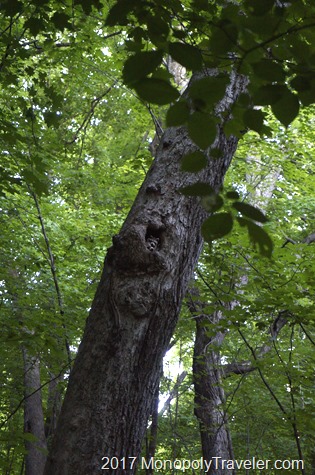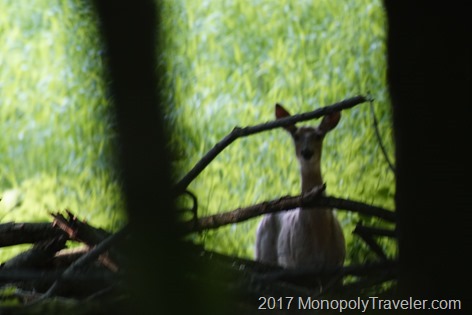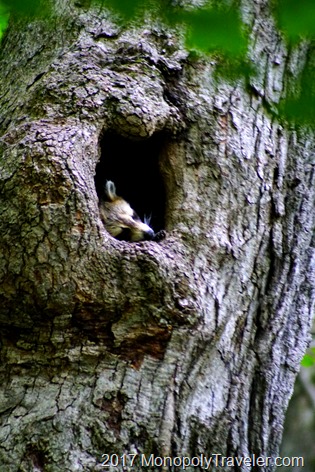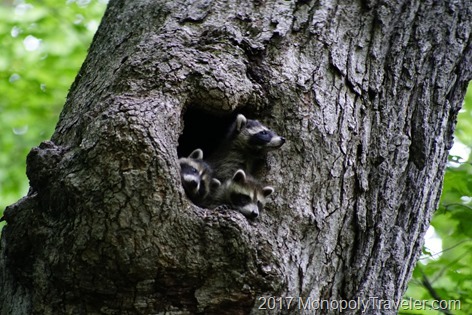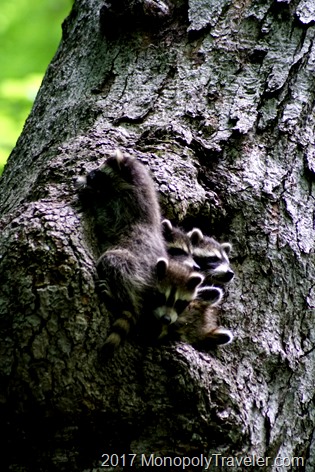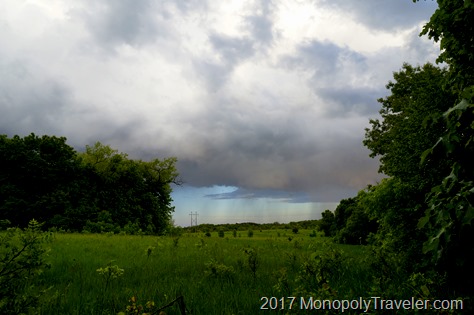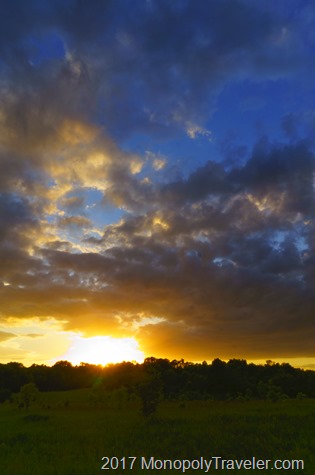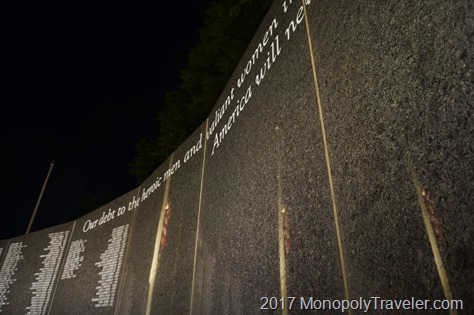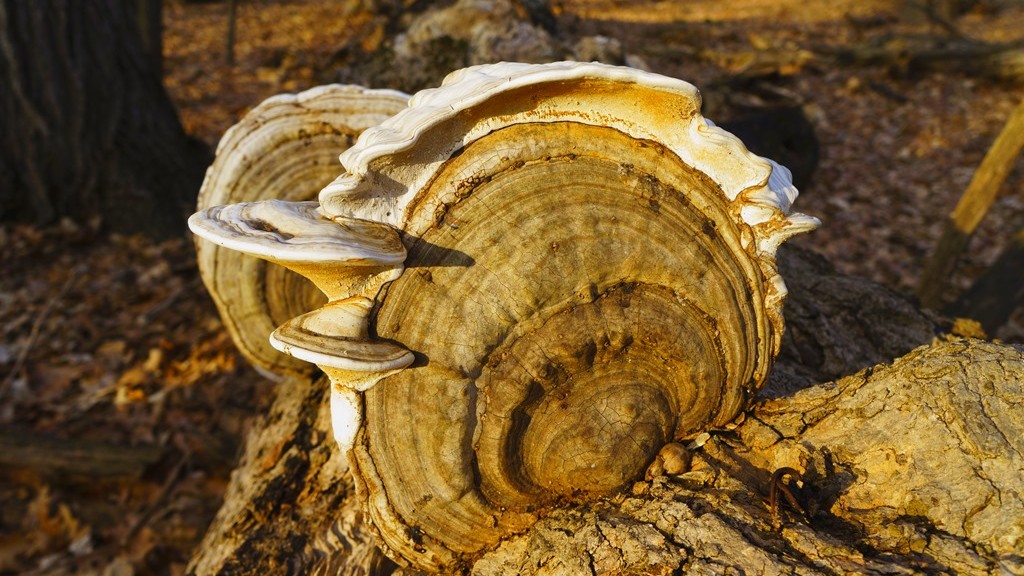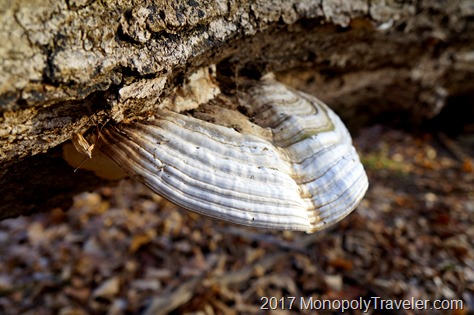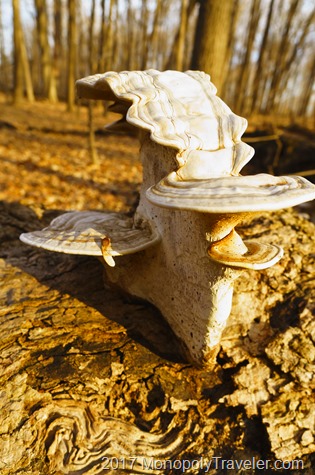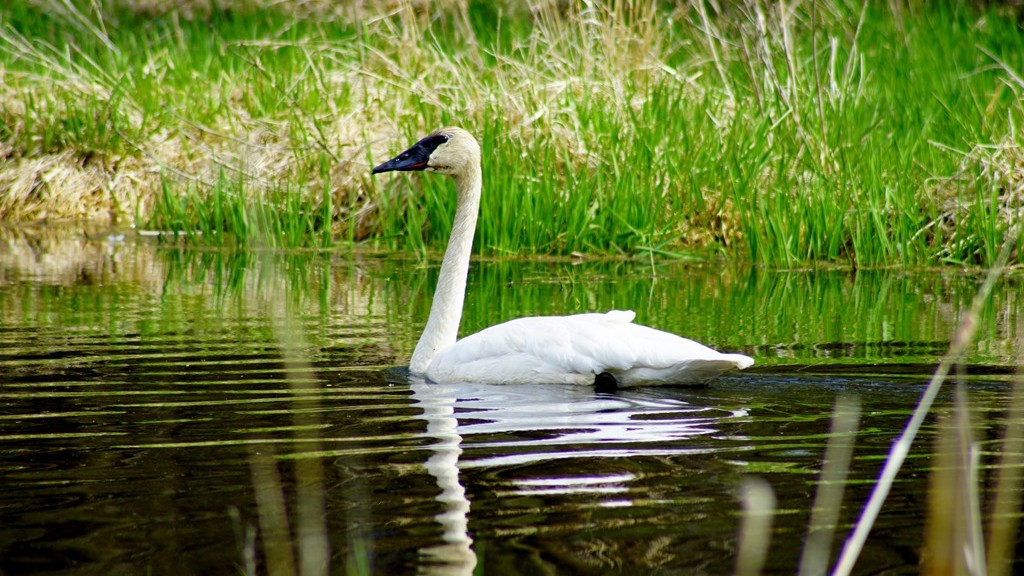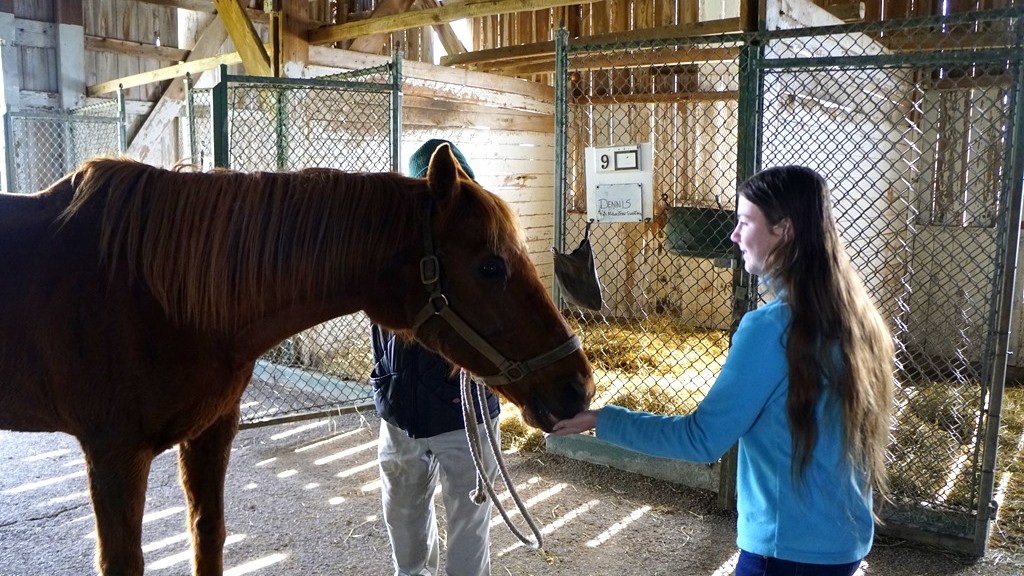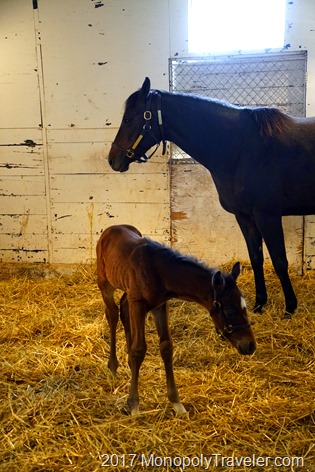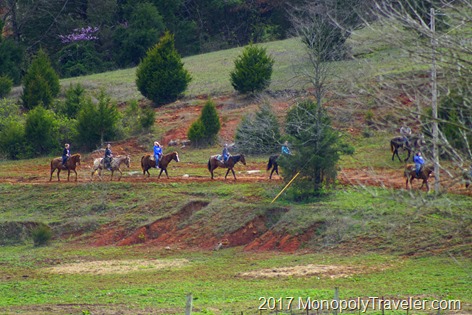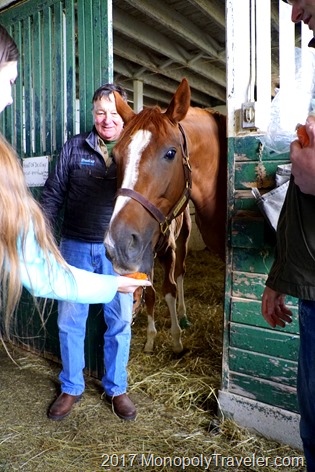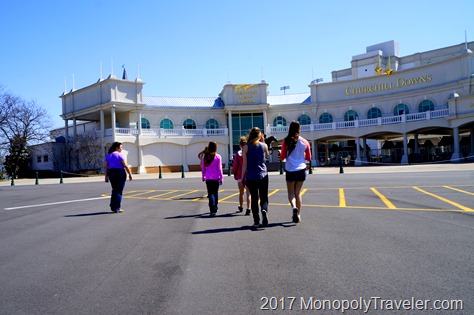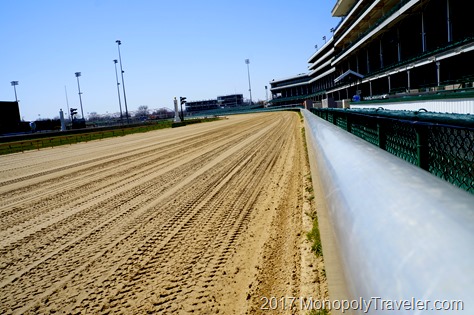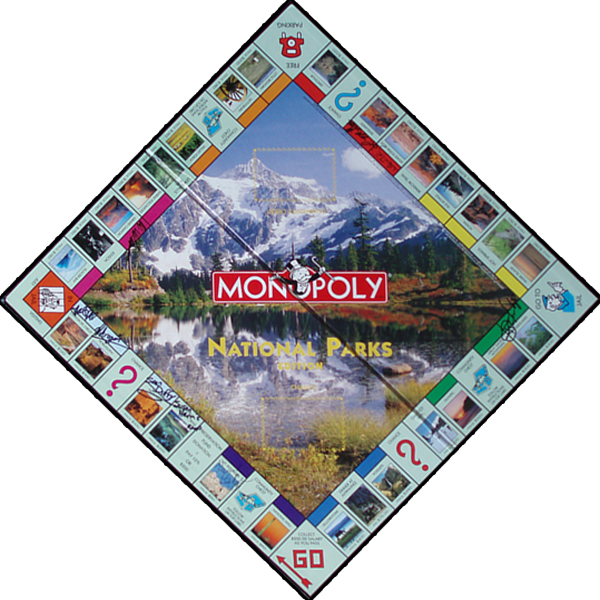Yellowstone National Park was one of the most eagerly anticipated parks on our National Parks Monopoly board from the beginning of our adventures and has definitely lived up to its name. We chose to stay in Gardiner near the North Entrance so our first experience in Yellowstone was to go through the symbolic Roosevelt Arch. The arch itself if beautiful but seems quite out of place now so it must be symbolic as it does not fit the surroundings very effectively. When it was built in 1903, according to a nearby sign, it must have been a grand entrance into this scenic and adventure filled land and now remains as a piece of history here.
This is a vast and continuously changing landscape and as such requires some time to drive through, when you can drive through it as half of the year snow covers many of the roads closing them to most vehicles. During the peak summer months of June, July, and August there is much to see and do but require some additional attributes for vacationers. First you need to bring a lot of patience as travel is relatively slow due to numerous other visitors all stopping along the road to see the incredible views and wildlife, many times without consideration to those behind them.
Secondly be able to accept many things that you can not control. Most of this is from people wanting to get a certain picture of wildlife, the numerous hydrothermal features, special group shot, or that all important selfie. Other times it can be from people trying to catch up to their group or kids being clueless to their surroundings. Relaxing and understanding other people have different priorities and schedules can help enjoy this beautiful time of year to explore Yellowstone. One tactic to get around some of these annoyances is to start really early in the morning and/or staying later in the park when most others are headed back to their residence for the day.
We had four days to explore this massive place and each day brought something new to see with some of these days packing in more than can be taken in for a single day. Fortunately that’s what pictures and maps are for, to recall what each day provided. Before heading to Gardiner I spent several hours doing some research of what makes this National Park special so that while driving around we wouldn’t miss these things. The most recognizable piece of Yellowstone National Park is the hydrothermal features created by molten lava a short distance under the Earth’s crust as a large portion of this area is basically inside a caldera of what is now a dormant volcano.
The next highlight is the Grand Canyon of Yellowstone which has the Yellowstone River rushing through it. This river falls over a 300 foot cliff resulting in a thunderous crash heard for miles as the water continues on into the canyon. With above normal snowfall this past winter melting at a fast pace, the flow over this waterfall is faster and louder than normal. Yellowstone Lake is another of the grand pieces to explore with many doing so either by fishing, kayaking, or boating. Be careful as the water is still cold even during the warmer summer months being able to cause hypothermia which occurred a week before our trip here. While these are destinations within the park, arguably the biggest highlight of Yellowstone National Park is the wildlife. Unfortunately, seeing many of the different wild animals residing here is unpredictable so the only way to have an opportunity to see it is to be on the lookout while driving from one location to another or hiking into some of the back country areas with safety precautions understood and accessible. I’ll continue to go into detail on many of these highlights in later posts.

